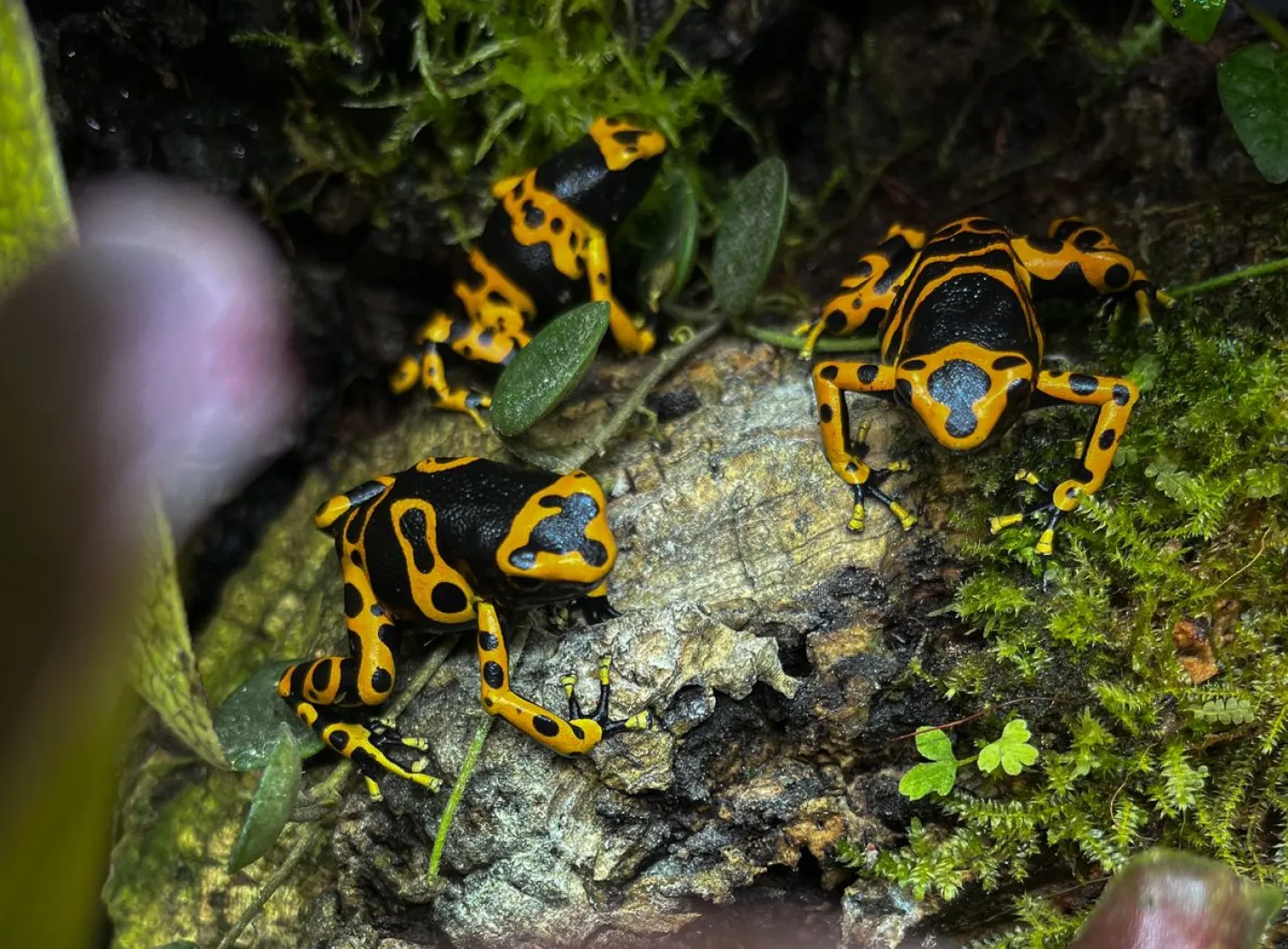A Beginner's Guide to Setting Up a Vivarium

Vivariums are stunning, self-contained ecosystems that replicate natural habitats for plants and small animals. Whether you’re creating a tropical rainforest, desert, or mossy forest landscape, setting up a vivarium is an exciting and creative journey. Here’s a step-by-step guide to help you get started:
Step 1: Plan Your Vivarium
Start by deciding on the type of vivarium:
- Tropical Terrarium: Ideal for high humidity plants, amphibians, and small reptiles.
- Desert Vivarium: Focused on arid-loving cacti, succulents, and reptiles like geckos.
- Paludarium: A hybrid of land and water, perfect for semi-aquatic species.
Step 2: Gather Your Equipment
Here’s what you’ll need:
- Tank: Glass or acrylic, with a tight-fitting lid for humidity control.
- Lighting: Full-spectrum LED or UVB lighting, depending on the plants and animals.
- Substrate: Choose the right substrate for your vivarium type (e.g., coconut coir for tropical, sand for desert).
- Background: Cork, foam, or rock for aesthetics and climbing surfaces.
- Heat and Humidity Equipment: Include a thermometer, hygrometer, and heating elements like mats or ceramic heat emitters if needed.
- Filtration (for Paludariums): A small internal or external filter for aquatic sections.
Step 3: Design and Set Up the Habitat
- Layer the Substrate: Create layers with drainage material (e.g., gravel or LECA), a barrier (mesh or fabric), and soil or sand.
- Add Features: Include rocks, driftwood, or branches for structure and climbing opportunities.
- Plant Your Greenery: Select live plants suited to the environment. Arrange them creatively for a natural look.
- Install Equipment: Set up lighting, heating, and misting systems as necessary.
- Introduce Cleaning Crews: Add springtails and isopods to help maintain a healthy ecosystem.
Step 4: Introduce Your Livestock
Choose species that thrive in your specific setup:
- Tropical Terrarium: Frogs, geckos, or small lizards.
- Desert Vivarium: Bearded dragons, leopard geckos, or desert plants.
- Paludarium: Tree frogs, crabs, or small fish.
Introduce them gradually to minimize stress and monitor them for compatibility and health.
Step 5: Establish a Maintenance Routine
- Daily: Check temperature, humidity, and animal behavior.
- Weekly: Mist plants, clean glass, and inspect equipment.
- Monthly: Prune plants.
Final Thoughts
Creating a vivarium combines artistry with a love for nature. With careful planning and regular maintenance, your vivarium can become a vibrant and thriving miniature ecosystem.

Omi Draper
Owner | Project Manager & Nature Aquarium & Vivarium Specialist

.webp)
.webp)
.webp)
.webp)
.webp)